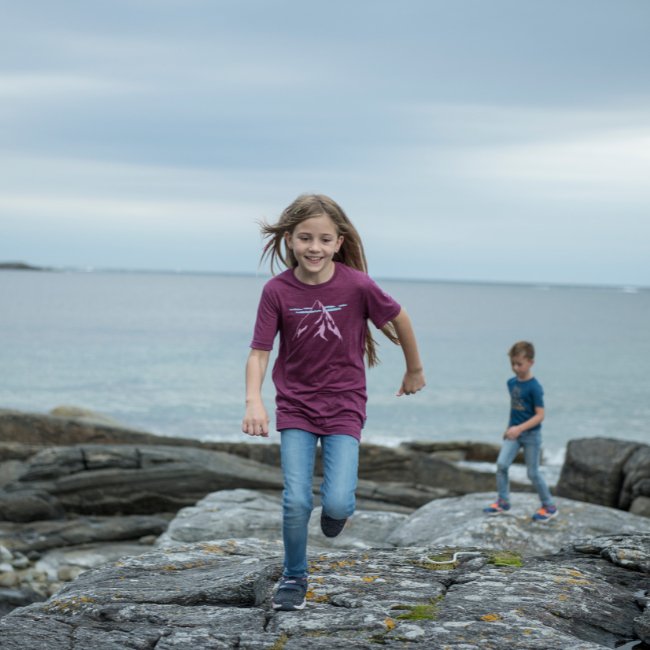You may remember the old wool sweater from your years as a toddler when winter was a dreaded time because of all the uncomfortable clothes you had to put on. Fortunately, much has happened with wool products since then.
Merino wool from the Norwegian outdoor brand Devold of Norway challenges the idea that wool is bad for sensitive skin: Groundbreaking research from Australia shows that next-to-skin products made from superfine Merino wool reduces symptoms and helps to get rid of eczema.
WOOL MAY HELP ECZEMA
The Breeze quality from Devold that was used in this study shows how superfine Merino wool may actually help in the management of eczema in young children. The study ran for a period of 12 weeks and included a sample size of approximately 40 patients, under the age of 3 years old, who were referred to the Dermatology Department at the Royal Children's Hospital for management of mild to moderate eczema. Participants used Breeze products next-to-skin for 12 weeks and were assessed in a blind trial during this period.
”We chose the Devold products because they are so-called superfine Merino wool, meaning fibres of only 17.5 microns, which gives them a high score when it comes to comfort. They’re also super lightweight and can be used in a warmer climate where the importance of cooling down is more important than insulation”, says Angus Ireland from AWI that has been running the study.
In only two to three weeks the skin had completely recovered, it was amazing.
EXTREMELY POSITIVE RESULTS
The results were extremely positive: All the children who participated in the trial showed a significant improvement, or even, fully recovered. Mother of one of the participating children, Rheannan Williams tells us how the symptoms were almost all gone in only two-three weeks. Merino wool is able to contribute to a positive development for sensitive skin because of the wool fibre’s ability to regulate temperature and manage moisture, whilst coarser wool fibres may actually contribute to skin irritation. This is why AWI spent a lot of time finding the right type of wool for this study.
You can read more about the study on the wool.com website.



















